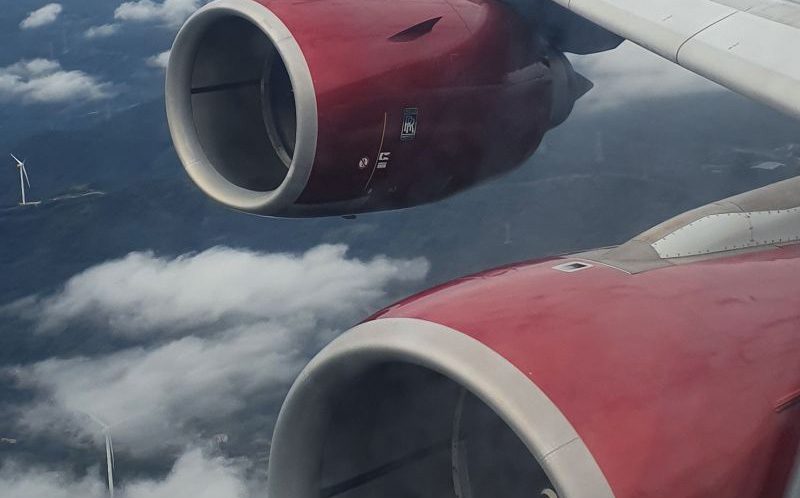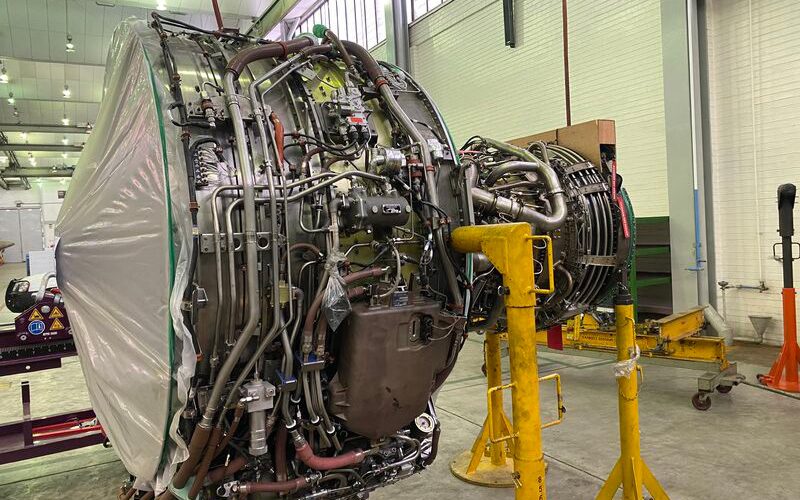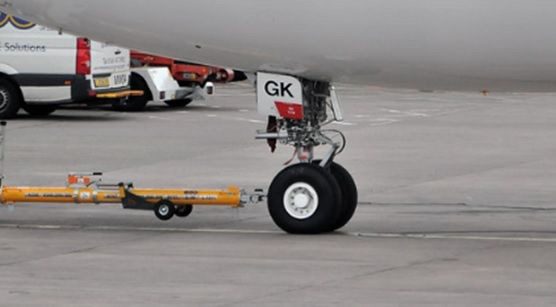When an aircraft is damaged; this damage is evaluated and will either need a repair or could remain “as is” when assessed IAW (in accordance with) the SRM (structural Repair Manual).
We will consider SRM (structural Repair Manual) repairable damage for this example.
While many factors are very important, one piece of information is pivotal in your evaluation. This is the “Revision Status” of the documentation used.
The revision status on documentation for a repair carried out 5 years ago would be different to that the repair that we would carry out today.




